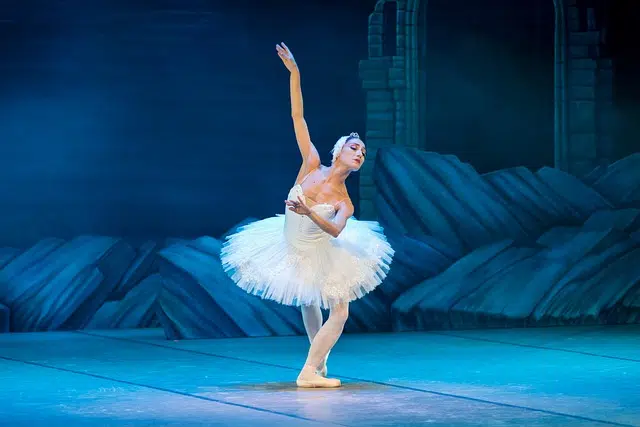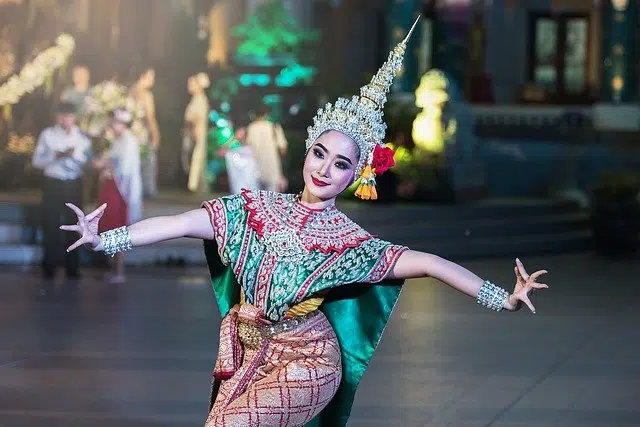
Ballet is a classical dance.
Dance is the action or way of dancing . It is about the execution of movements to the rhythm of music that allows you to express feelings and emotions. It is estimated that dance was one of the first artistic manifestations in the history of humanity.
It is important to highlight the fact that dance has its origins in Prehistory since man has always had the need to express his feelings and not only through verbal communication but also through what would be bodily communication. However, in those origins, human beings resorted to dance as a fundamental part of rituals related to fertility or war.
The importance of rhythm and space
Dance involves the interaction of various elements. The movement of the body requires adequate management of space and rhythmic notions. The dancer's intention is for his movements to accompany the music. For example: music with a slow and calm rhythm requires slow and less strident dance steps. Body expression is also supported by the clothing used during the dance.
It is important to keep in mind that the predominance of rhythm or use of space may vary according to the dance in question. Other factors that exceed the dance itself, such as mime and singing, are also part of the dance .
Types of dance
There are many types and genres of dance that exist. However, fundamentally we can divide them into three large groups:
Traditional and folk dances. In this case, under this name are those that are the result of the popular culture of a population and that are understood as a fundamental part of its ethnographic wealth. Among them are flamenco, tango, Arabic dance or the so-called ballroom dances.

Folk dances are very valuable cultural manifestations for a people.
Classical dances. From time immemorial to the present day, this type of dance has been practiced and is identified by the fact that those who perform it make light, harmonious and perfectly coordinated movements. This category includes medieval dance or ballet, among others.
Modern dances. Young people are the ones who practice and develop this type of dance that, in many cases, is associated with a way of understanding life and even dressing. Among them are breakdancing, popping, funk, jumpstyle, moonwalk or even rock and roll.
There are many dance professionals who throughout history have managed to become true myths. Among them we would have to talk, for example, about Mijail Baryshikov, Rudolf Nureyev, Anna Pavlova or Tamara Rojo.
What are choreographies
A structure of predetermined movements that is carried out during certain dances is known as choreography . The choreography indicates the steps to follow during the dance: these are, therefore, movements that are not spontaneous, but rather obey the design of a choreographer.
Choreography becomes more relevant in dance shows where professional dancers take to the stage with the intention of putting on an artistic work. Ritual dances or informal dances, on the other hand, do not usually follow any type of choreography. In these cases, each dancer freely chooses the steps to follow.
